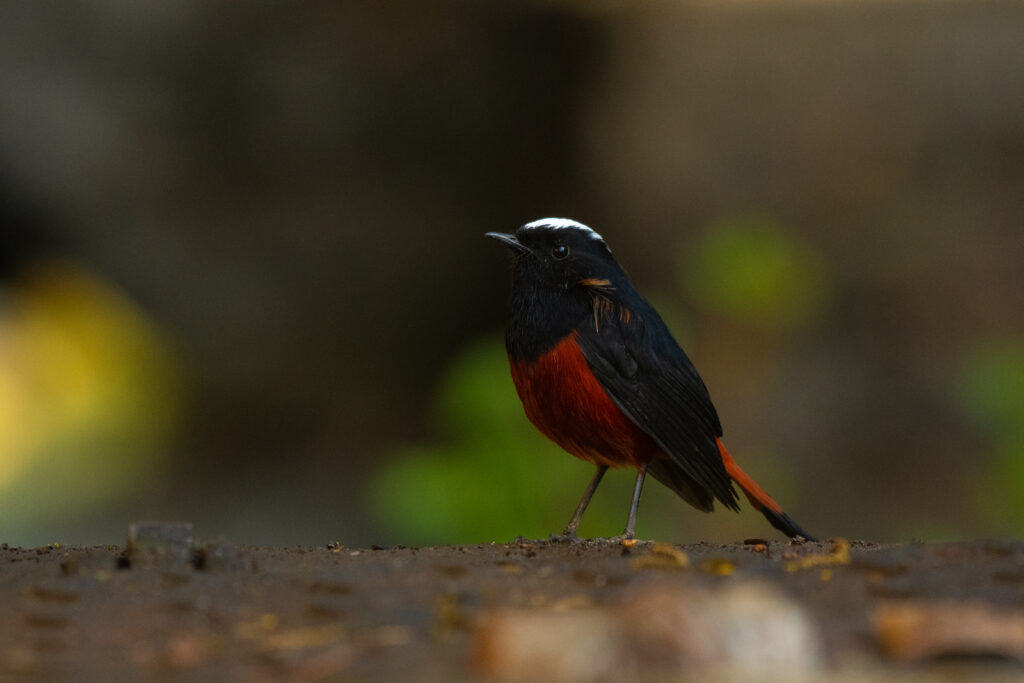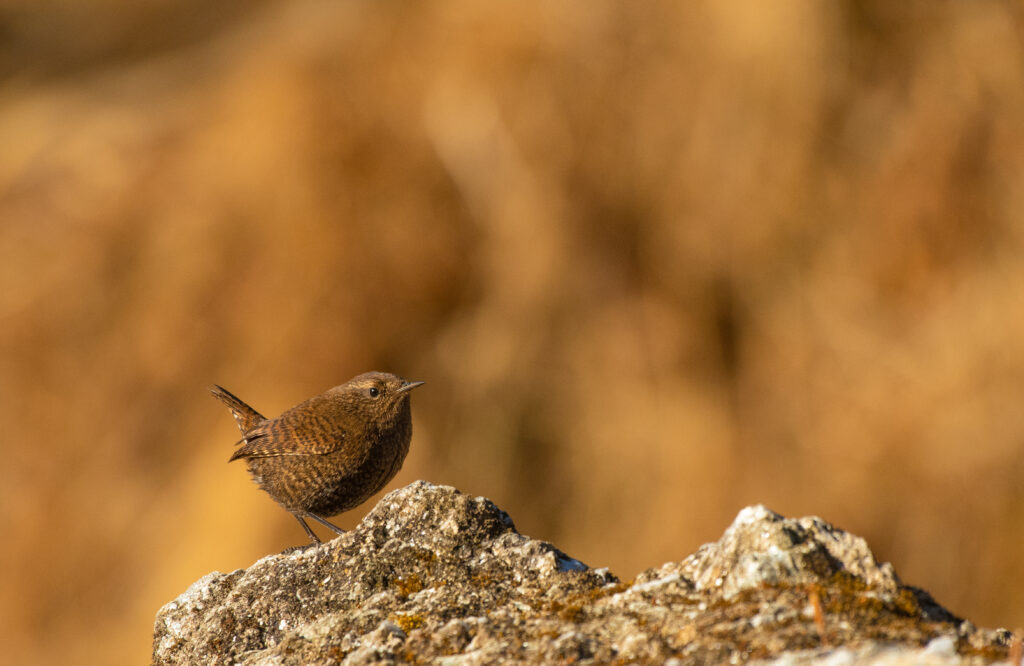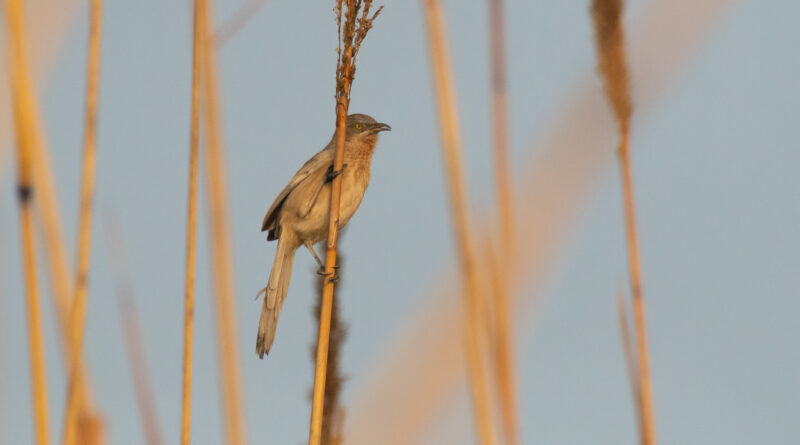Birds of Nepal
Nepal’s geographic diversity, despite its modest 147,516 square kilometers of land, fosters an astonishing variety of bird species. The country’s elevation ranges from just 72 meters in the south to the towering 8,848 meters in the north, encompassing a wide array of ecosystems. In fact, Nepal boasts an impressive 890 bird species, accounting for approximately 9% of the world’s total avian diversity. This remarkable statistic underscores Nepal’s significance as a birdwatching haven, where enthusiasts can encounter an array of feathered wonders, from vibrant Himalayan species to subtropical gems in the lowlands, making it a birding paradise with an unparalleled richness in avian life. Birdwatchers flock to this enchanting nation to catch glimpses of these feathered wonders, from the majestic Lammergeier soaring over the high mountain passes to the vibrant Himalayan Monal in the dense forests. In the lowland jungles, the call of exotic species like the Bengal Florican and Great Hornbill echoes through the lush vegetation. Whether perched on rhododendron-covered slopes or gliding above serene wetlands, Nepal’s birds captivate and inspire, making it a must-visit destination for any bird enthusiast.

The Common Hoopoe (Upupa epops) is a unique and striking bird species known for its distinctive appearance and enchanting calls. With its unmistakable crown of cinnamon-colored feathers, boldly patterned wings, and long, slender beak, the hoopoe is instantly recognizable. These birds are found across a wide range, from Europe to Asia and parts of Africa. Their habitat preferences often include open woodlands, savannas, and farmlands. Hoopoes are not just visually appealing; their melodious and haunting calls add to their charm. They are primarily insectivorous, using their long bills to probe for insects, especially in the soil. The Common Hoopoe’s fascinating behavior and striking plumage make it a favorite among birdwatchers and enthusiasts, representing a unique and enchanting aspect of avian diversity in the natural world.

White-Capped Redstart (Chaimarrornis leucocephalus)
The White-capped Redstart (Chaimarrornis leucocephalus) is an iconic, delightful and distinctive songbird that adds a burst of color and vitality to the high-altitude mountain streams and forests of the Himalayas. Recognized by its striking combination of vibrant black, red, and white plumage, this small bird is a favorite among birdwatchers and nature enthusiasts. The male White-capped Redstart displays a vivid white crown and bright red patches on its throat and rump, while the female has a more subdued coloring. Often found near fast-flowing streams and waterfalls, they are agile foragers, darting along rocks and boulders in pursuit of aquatic insects and invertebrates. Their melodious song adds a touch of harmony to the serene mountain landscapes they inhabit, making the White-capped Redstart a delightful symbol of avian diversity in the pristine heights of the Himalayas.

The Black Drongo (Dicrurus macrocercus) is a striking and agile passerine bird that can be spotted throughout a wide range of habitats across Asia, from open woodlands to urban environments. Its glossy black plumage and distinctive forked tail set it apart, making it an easily identifiable species. This avian acrobat is known for its aerial prowess, often seen perching on prominent branches or wires from where it sallies forth to capture insects in mid-air, displaying remarkable agility and precision. The Black Drongo’s assertive and melodious calls can be heard in its territory, adding a sonorous note to the soundscape. This bird is a symbol of adaptability, as it thrives in various environments and is a testament to the resilience and resourcefulness of avian life in Asia.

The Common Tailorbird (Orthotomus sutorius) is a charming and industrious songbird found in a wide range of habitats across South and Southeast Asia. This small, olive-green bird gets its name from its unique nesting behavior, where it sews leaves together using plant fibers or spider silk to create a concealed nest, often resembling a tiny pouch. The Common Tailorbird’s lively and cheerful song, a series of melodious chirps and trills, adds to the charm of gardens, parks, and woodlands where it is commonly found. Their nimble and acrobatic movements through foliage make them a joy to watch as they forage for insects and small prey. This resourceful avian architect, with its striking green plumage and distinctively patterned head, exemplifies nature’s intricate and creative adaptations.

The Little Ringed Plover (Charadrius dubius) is a captivating small wader that can be found in a wide range of wetland habitats across Europe and Asia. This bird is instantly recognizable by its sandy-brown plumage, large bright-yellow eye ring, and a small, distinctive black ring around its neck. Its graceful and agile movements along the water’s edge make it a delightful subject for birdwatchers and nature enthusiasts. Little Ringed Plovers are known for their high-pitched, musical calls that resonate over the water bodies they frequent. They are adept at foraging for aquatic insects and small invertebrates, and their ground-nesting habits contribute to their adaptability in various wetland environments. This charming wader embodies the beauty and resilience of avian life in diverse and often pristine habitats, symbolizing the natural riches of wetland ecosystems.

The Eurasian Wren (Troglodytes troglodytes) is a small yet vibrant bird species that can be found throughout Europe, Asia, and parts of North Africa. Despite its diminutive size, the Eurasian Wren boasts a striking personality and melodious song that resonates through woodlands and gardens. Known for its rich, russet-brown plumage, marked with intricate patterns, and a distinctive upright tail, it is easily distinguishable. The wren’s complex and powerful song, often heard year-round, belies its tiny frame, earning it a place of reverence in folklore and avian admiration. These resourceful birds are skilled insectivores, expertly foraging for small invertebrates amidst leaf litter and undergrowth, and their snug and domed nests, often hidden among dense vegetation, reflect their nesting prowess. The Eurasian Wren’s charming presence and vocal virtuosity epitomize the resilience and allure of small yet vibrant avian life in diverse ecosystems.

